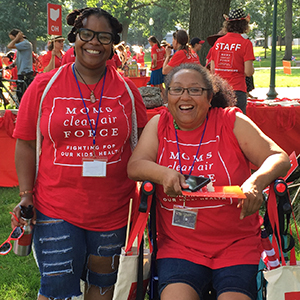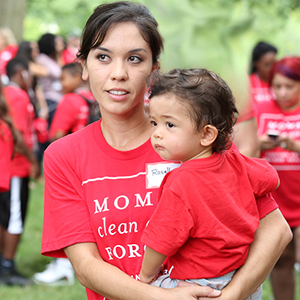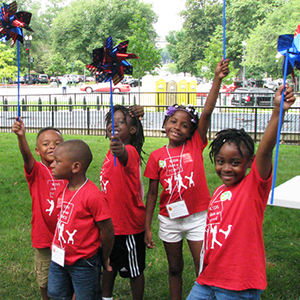This resource has been factchecked by policy experts, using the latest scientific research. Find all our sources linked below.
Human-caused climate change is triggering increasingly extreme weather. Greenhouse gases from the combustion of fossil fuels are making much of our planet hotter and wetter. Temperatures have been increasing steadily since the 1980s, and we are now experiencing more severe heat waves, fiercer wildfires, wilder hurricanes, heavier floods, and drier droughts. Scary terms like “bomb cyclone,” formerly the jargon of meteorologists and weather geeks, have become mainstream as these weather events occur more frequently.
How does climate change create extreme weather?
Extreme weather is climate change in action. Warmer air can hold more moisture than colder air, so a warmer atmosphere means stronger storms that can release record rain and snowfall.
Drought can be intensified, as higher temperatures boost evaporation and precipitation patterns change.
Higher temperatures are also making wildfire season longer and more intense as well as causing seawater to expand and glacial ice to melt. This is leading to rising sea levels, which can trigger storm surges, erosion, and flooding.

What are the impacts of extreme weather?
Extreme weather touches every facet of our lives.
More and more of us are experiencing these impacts in our own communities: in 2021, more than 4 in 10 people in the US lived in counties hit by climate disasters.
Trees, which help mitigate climate change by removing carbon dioxide from the air and storing it, burn down in wildfires or uproot in floods. Firefighters tackle increasingly dangerous work, and wildfire smoke is harmful for all to breathe. Storm cleanup is staggeringly expensive for governments, communities, and individuals.
Extreme weather has social costs too. Food can be harder to grow, drinkable water is scarcer, and job and housing security lessen. In some areas, these impacts make it unsafe to live, forcing people to flee their homes and migrate to safer areas.

How does extreme weather harm human health?
Extreme weather can impact our health in a wide variety of ways. Extreme heat has been linked to increased hospital admissions for respiratory and heart problems. Heat waves exacerbate air pollution, which in turn can result in asthma attacks, increased vulnerability to infections, and even lung cancer, heart attacks, and stroke. Wildfire smoke contains fine particle pollution, also known as PM2.5 or soot, which is a leading cause of premature death worldwide. Air pollution is especially dangerous for pregnant people, babies, children, and the elderly.
Heavy rainfall and storm surges can increase the transmission of diseases, including malaria. Mold and contamination are of concern in flooded homes, schools, and other built environments. Drought can impact drinking water, agriculture, and air quality too. And extreme weather disasters like hurricanes and wildfires are linked to depression, anxiety, trauma, and other mental health impacts.

Extreme weather is an environmental justice issue
Historically marginalized communities of color are often affected first and worst by climate disasters and bear a disproportionate burden of extreme weather.
Due to historic discriminatory urban planning practices, such as redlining, Black and Latino people are more likely than white people to live in urban heat islands. These neighborhoods typically lack adequate shade, have more heat-trapping concrete, and can be up to 22°F hotter than surrounding suburban and rural areas. Extreme heat makes it harder for children to play outside safely and can hinder learning at school, especially in buildings without air conditioning.
Strong storms often hit historically marginalized communities of color the hardest. Low-income families are more likely to live in substandard housing and lack the resources to evacuate or relocate. They are also more likely to live near industrial facilities or contaminated sites. Floodwaters can carry high levels of toxic pollution from these sites into surrounding neighborhoods.
White communities often receive larger allocations of post- storm federal disaster aid.
Underinvested communities of color also tend to face longer power outages, which can leave residents without access to heating, cooling, and electricity.

Take action
A sustainable and resilient future comes down to strong climate policy. We need our leaders at every level of government to enact laws and policies that can help us avoid worst-case climate disruption scenarios and adapt to climate-driven extreme weather.
One of the most effective things you can do is to call or write your elected officials. They work for you. Urge them to make climate solutions a policy priority. Then, help build a groundswell of support for bold action by encouraging your family and friends to do the same.
Updated: October 2024




